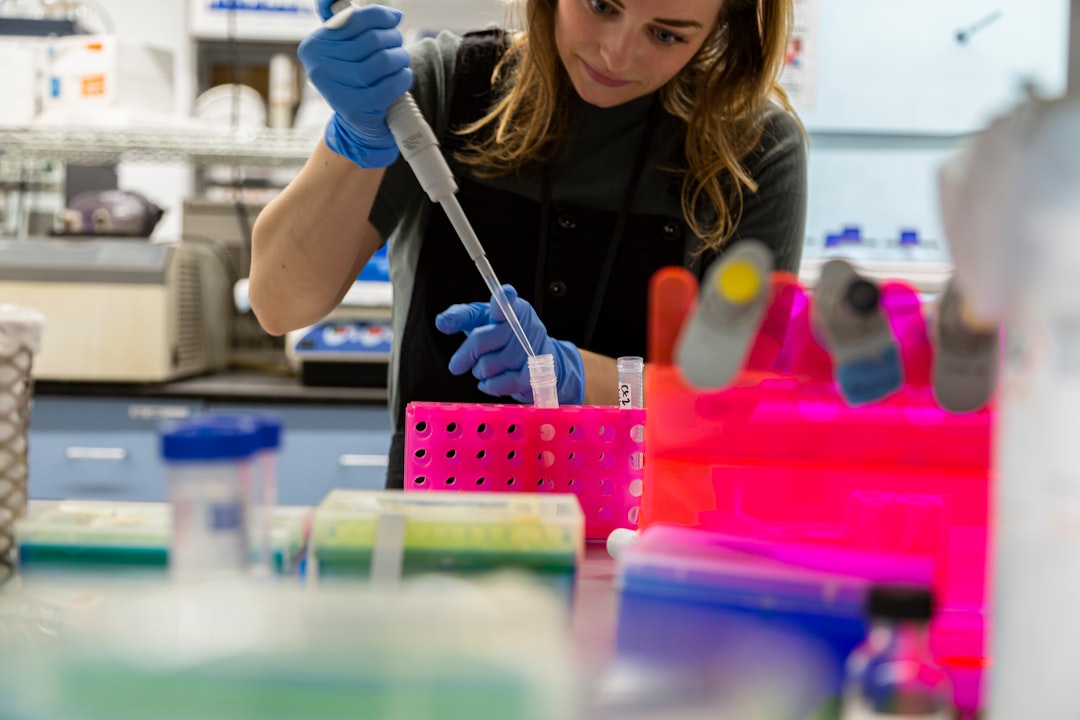CRISPR: A Guide to Gene Editing Techniques

Introduction
CRISPR, an acronym for Clustered Regularly Interspaced Short Palindromic Repeats, is a revolutionary technology that allows scientists to edit genes with unprecedented precision. This tool has transformed genetic research and holds promise for treating genetic disorders, improving crops, and even combating infectious diseases. Understanding how CRISPR works and its potential applications is crucial for grasping its impact on science and society.
Key Points
- CRISPR is a gene-editing technology that enables precise modifications to DNA.
- It was adapted from a natural defense mechanism found in bacteria.
- CRISPR uses a guide RNA to target specific DNA sequences for editing.
- The technology is versatile, with applications in medicine, agriculture, and biotechnology.
- Ethical considerations and potential risks are significant aspects of CRISPR's development.
Framework
CRISPR technology is based on a natural process used by bacteria to defend against viruses. When a virus attacks a bacterium, the bacterium can capture snippets of the virus's DNA and store them in its own genome. These stored sequences, known as CRISPR arrays, allow the bacterium to recognize and defend against future attacks by the same virus. The CRISPR system consists of two key components: the Cas9 protein and a piece of RNA known as guide RNA (gRNA). The gRNA is designed to match the DNA sequence that needs to be edited. When introduced into a cell, the gRNA guides the Cas9 protein to the target DNA sequence. Cas9 then acts as molecular scissors, cutting the DNA at the specified location. Once the DNA is cut, the cell's natural repair mechanisms kick in, allowing scientists to add, delete, or replace genetic material at the site of the cut.
Checklist
- Understand the basic components: Cas9 protein and guide RNA.
- Recognize the natural origin of CRISPR in bacterial defense mechanisms.
- Identify the steps involved in the CRISPR gene-editing process.
- Be aware of the potential applications in medicine, agriculture, and biotechnology.
- Consider the ethical implications and potential risks of gene editing.
- Stay informed about current research and advancements in CRISPR technology.
- Know the regulatory landscape and guidelines for CRISPR use in the US.
- Explore the potential for CRISPR to address genetic disorders.
- Understand the role of CRISPR in developing disease-resistant crops.
- Acknowledge the ongoing debates surrounding CRISPR's societal impact.
US Examples & Data
In the United States, CRISPR technology is being actively researched and applied in various fields. For instance, researchers at the University of Pennsylvania have conducted clinical trials using CRISPR to treat cancer by editing immune cells to better target tumors. In agriculture, companies like Monsanto (now part of Bayer) are exploring CRISPR to develop crops with improved traits, such as drought resistance and increased yield. The National Institutes of Health (NIH) supports numerous studies investigating CRISPR's potential in treating genetic disorders like sickle cell anemia and cystic fibrosis. According to a report by the National Academies of Sciences, Engineering, and Medicine, CRISPR could significantly impact public health by enabling precise interventions in genetic diseases.
Why It Matters
CRISPR's ability to edit genes with high precision opens up possibilities for addressing some of the most challenging problems in medicine and agriculture. By potentially curing genetic disorders, CRISPR can improve quality of life for millions of people. In agriculture, it can lead to more sustainable food production, helping to address food security issues. However, the power of CRISPR also raises ethical questions. Concerns about unintended consequences, such as off-target effects and ecological impacts, must be carefully considered. The technology also poses questions about genetic privacy and the potential for "designer babies," making it essential for society to engage in informed discussions about its use.
Sources
- National Institutes of Health (NIH) on CRISPR
- National Academies of Sciences, Engineering, and Medicine report on human genome editing
- US Department of Agriculture (USDA) on CRISPR in agriculture
- University of Pennsylvania CRISPR clinical trials
- FDA on gene editing and biotechnology
Related Topics
- Gene Therapy: Exploring the use of genes to treat or prevent disease.
- Biotechnology in Agriculture: Innovations in crop and livestock improvement.
- Ethical Implications of Genetic Engineering: Examining the moral considerations.
- Advances in Genomics: The study of genomes and their applications.
- Personalized Medicine: Tailoring medical treatment to individual characteristics.
Up Next





